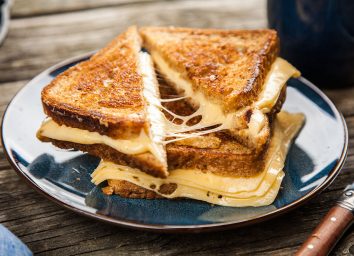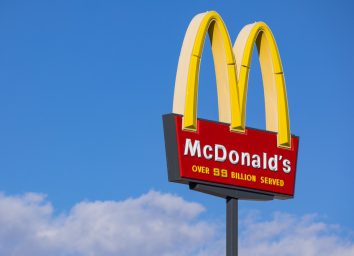12 Secrets Cheesemakers Don't Want You to Know
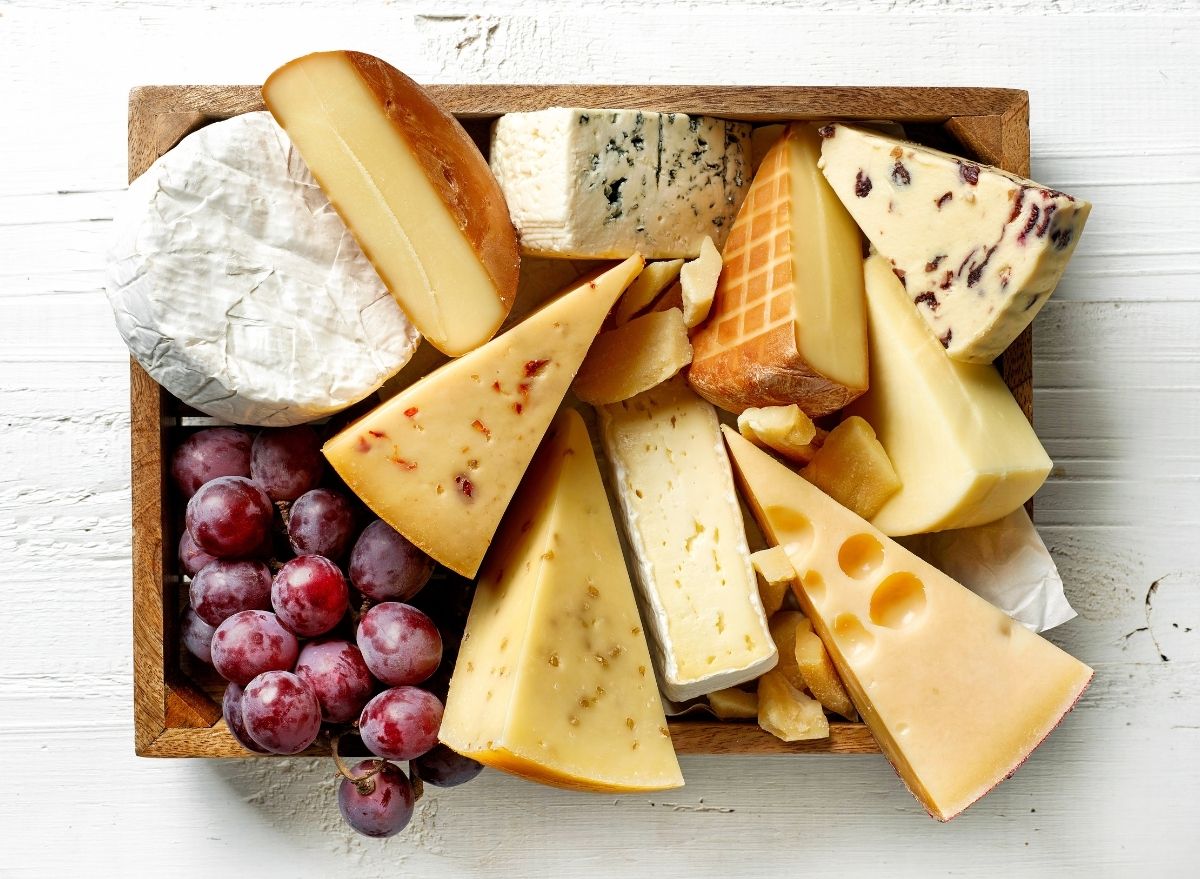
There's not much that makes us happier than cheese, whether it's a topping for sandwiches or tacos, served on a board with yummy jams for snacking, or stuffed into shells for a cozy meal. While cheeses come in many varieties and textures from all over the world, they all have one thing in common—a cheesemaker created them. Whether made in a large factory or as an artisanal treat, the process of making cheese is interesting and there may be a few things about it you'll find strange, or even downright disgusting. Read on to find out all the secrets that cheesemakers don't want you to know about the process.
(Plus, if you're looking for a few healthy recipes to add to your rotation, check out 22 Meals to Melt Belly Fat in 2022.)
That tasty white rind is actually mold.
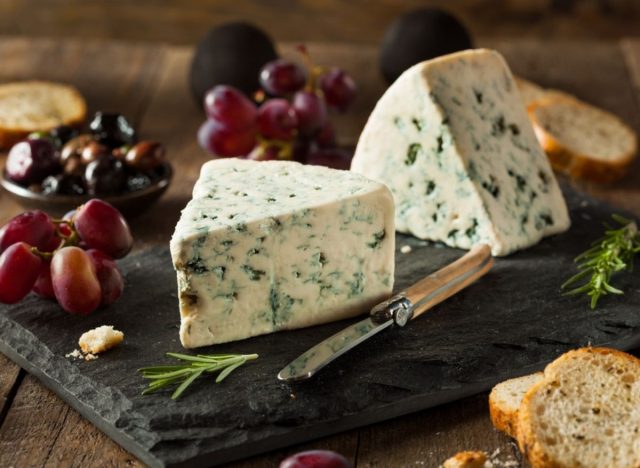
Everyone knows that blue cheeses are that way because of mold. But to make Camembert, a cousin of French brie, cheesemakers actually spray mold on the cheese curds, which break it down from the outside, according to Wired. The mold actually can be adjusted to cater to customers' tastes.
Not all cheese is vegetarian-friendly.
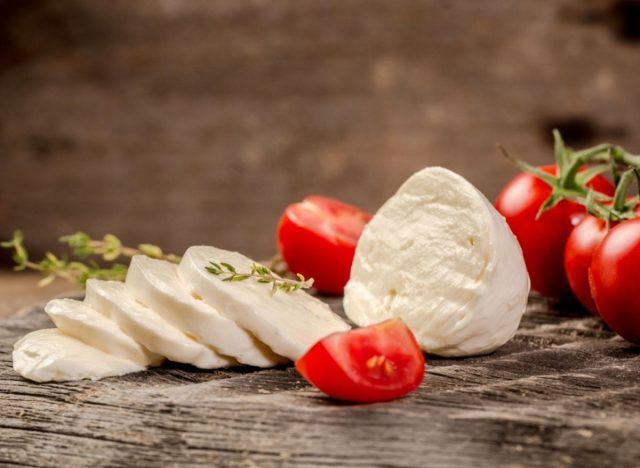
Many traditional cheeses use an enzyme called rennet that comes from a baby animal's stomach, because the milk needs to be broken down and that's what a baby is born to do. Microbes can also be a source of rennet. Though many fresher cheeses, like cottage cheese, cream cheese, and some mozzarellas, don't use animal-based rennet, the type of rennet does not need to be declared on the label so a little research may be needed.
They use microbes to adjust the taste.
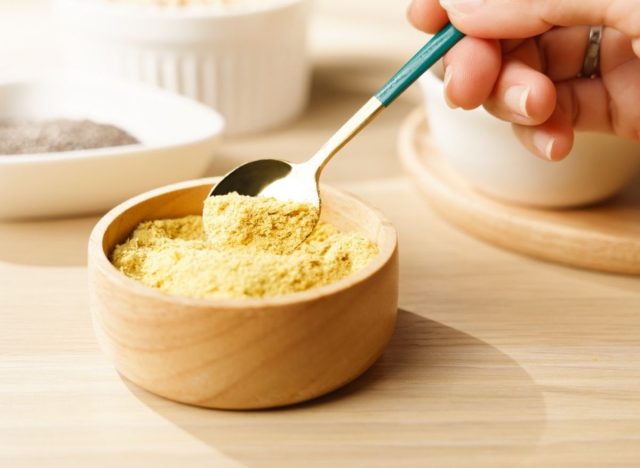
Cheesemakers big and small will add different combinations of digestion-friendly microbes such as yeast, mold, and bacteria to maximize flavors. According to Wired, the microbes break down the proteins and fats in milk and different-tasting cheese depending on the microbes present.
America has super strict cheesemaking rules.
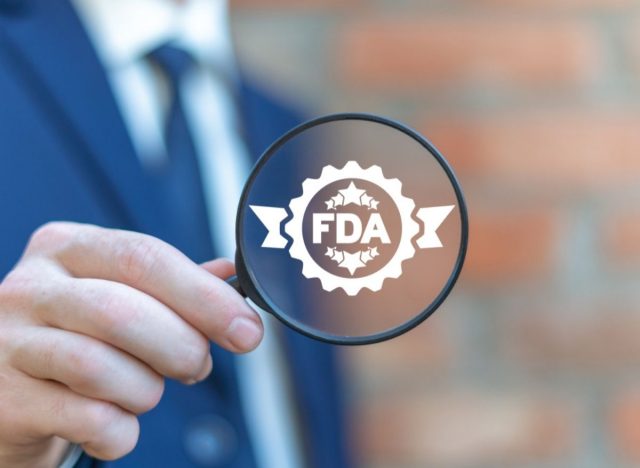
In the cheesemaking community, controversy around raw milk cheese has been raging for decades, with proponents of pasteurization in the FDA keeping delicious raw milk cheese mostly off the market. The FDA currently rules that any cheese produced in the U.S. either has to be made from pasteurized milk, or be held or aged for 60 days, with the idea that harmful bacteria will die out in that time.
Cheddar cheese isn't naturally yellow.
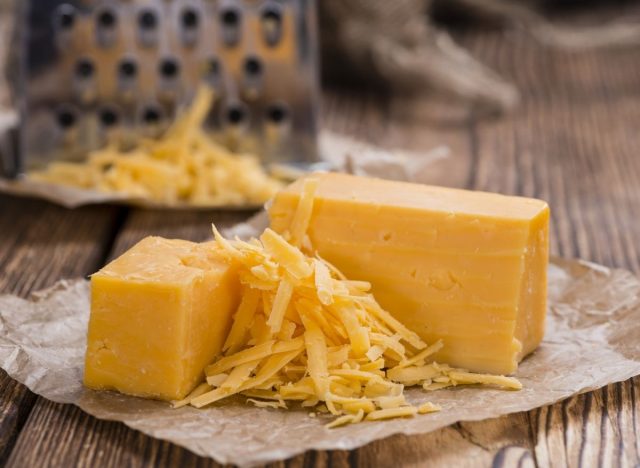
This may—or may not—come as a surprise to you, but all cheese is naturally white, off-white, or golden yellow (dependent on the milk and the vitamin A in that milk). Yellow cheddar often gets its color from annatto seeds that are ground into a powder used for coloring foods. And while annatto is a naturally derived, generally considered safe food coloring some people do have reactions to it like allergic reactions and flare ups of irritable bowel syndrome.
The world's most expensive cheese is made with an unusual milk.
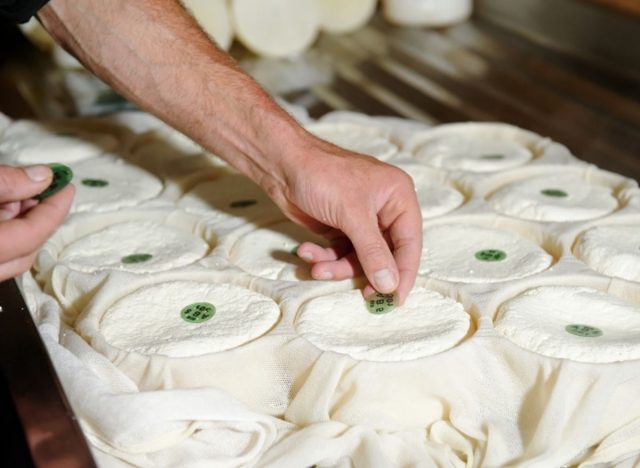
A Serbian donkey milk cheese called pule is widely regarded as the most expensive cheese on earth. It costs upwards of $600 per pound. Only about 100 endangered Balkan donkeys are milked for pule, according to Insider, and the cheese is smoked after it's made.
The holes in swiss come from hay.
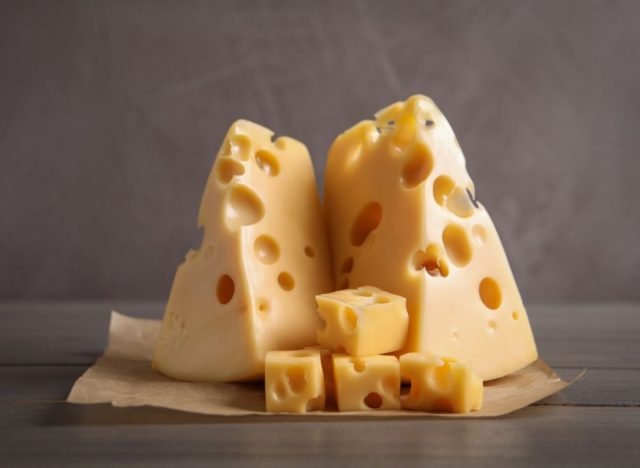
This was a longtime mystery until a Swiss agricultural institute discovered that tiny specks of hay are responsible for the holes in traditional Swiss cheeses like Emmental and Appenzeller. According to The New York Times, as the milk matures into cheese, microscopically small hay particles help create the holes in the cheese.
You may want to watch out for 'cheese food.'
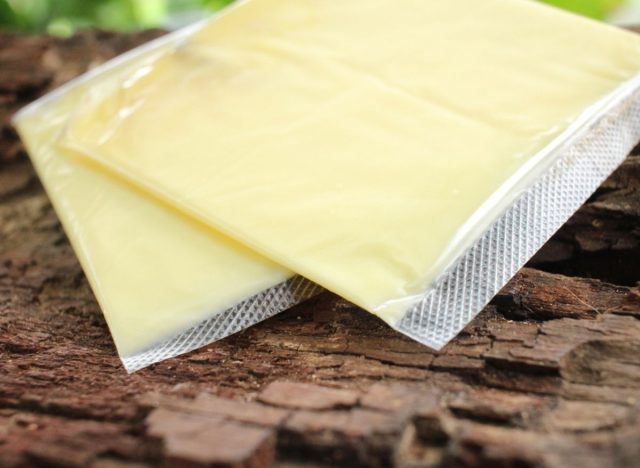
Some of the more processed cheese on the market isn't technically real cheese. Processed cheese is real cheese that has been mixed and heated with emulsifying salts, a process that creates a uniform, smooth, easy-melting mass. Sounds delicious right? According to eHow, the first patent for processed cheese was given to James Lewis Kraft in 1916.
Some cheeses can put you to sleep.
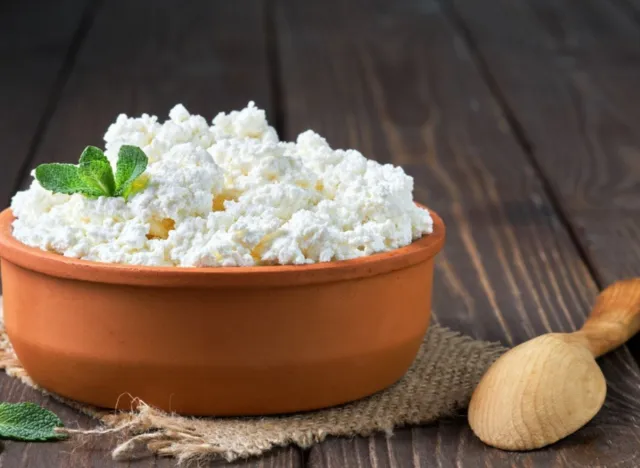
Much like a glass of milk can help get you some shut-eye, cottage cheese can do the same. The National Sleep Foundation recommends a bowl as a nighttime snack thanks to its high tryptophan content, which encourages the release of serotonin and allows for relaxation.
It takes a lot of milk to make cheese.
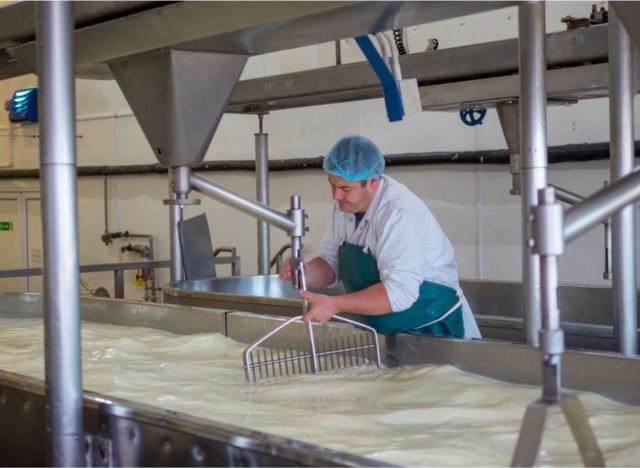
If you want to make a pound of cheese, you're going to need to start with at least 10 pounds of milk. Yes, 10 pounds of milk is how much it takes to make just a pound of cheese. A cheesemaker needs to remove all the liquid whey to make solid cheese.
The same bacterium is responsible for smelly cheese and smelly feet.
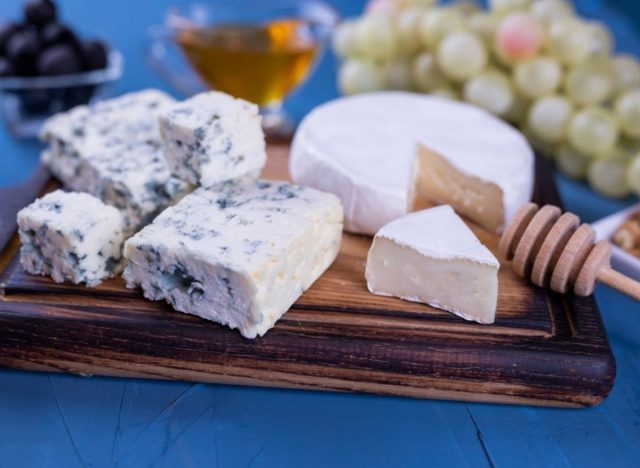
This is pretty gross, but if you've ever thought the smell of your feet after a workout smells a lot like your favorite stinky cheese, well, you weren't wrong. It's not a coincidence. Both contain the same bacterium, called brevibacterium linens, and the odor is due to sulfur-containing compounds.
It's easy to make your own cheese.
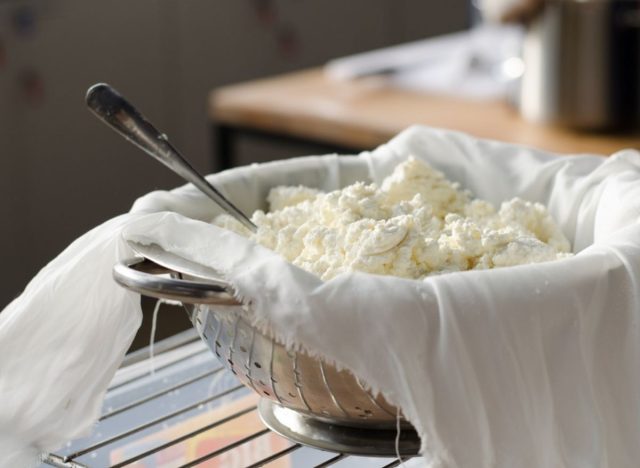
Making farmer cheese, a mild white cheese that's great crumbled on a salad or with crackers, is easy and only takes three ingredients (you can add more for flavor). All you need is salt, whole milk, and white vinegar or another acid, plus cheesecloth for straining. There are lots of good recipes on the internet. Ricotta cheese is another that is a cinch to make and is absolutely divine warm on toasted baguette slices.
READ MORE: We Tried 5 American Cheese Brands & This Is the Best

